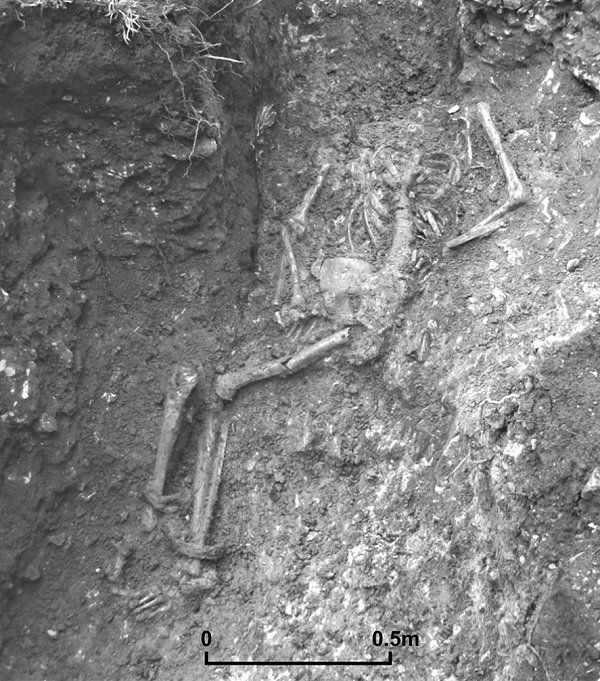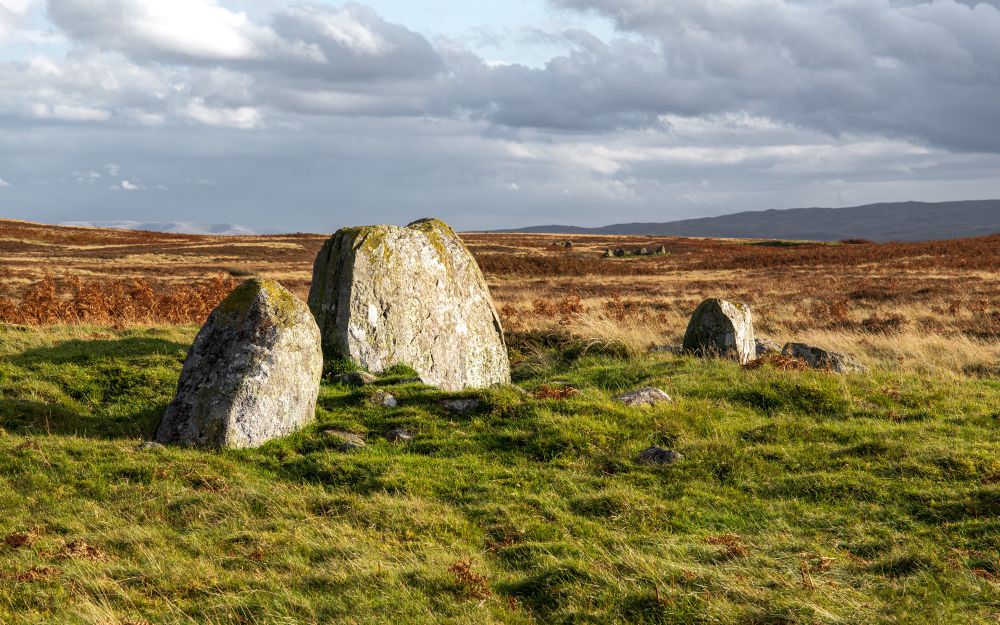@romanbritain.bsky.social
610 followers
160 following
200 posts
"The Britons live in such a state of independence
that they do not obey
even their own chiefs
except by their own good pleasure."
Cassius Dio
#Archaeology #History of #RomanBritain
Posts
Media
Videos
Starter Packs
Pinned
Reposted
Reposted
Reposted
Reposted
Reposted
Reposted
Reposted
Reposted
Reposted
Reposted
Reposted
Reposted
Reposted
Reposted
































